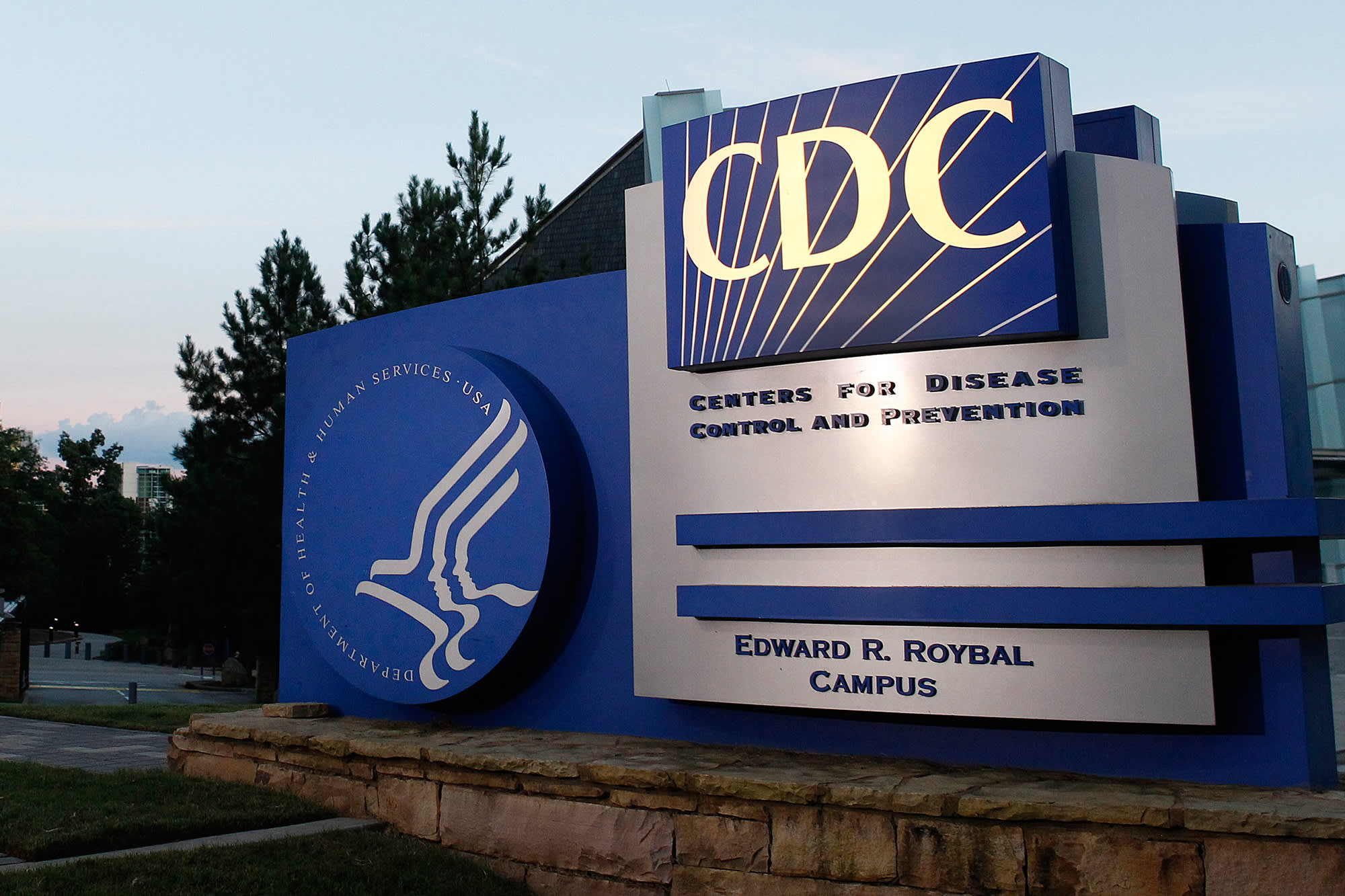
A general overview of the Centers for Disease Control and Prevention (CDC) headquarters in Atlanta.
Tami Chappell | Reuters
A new CDC study found that some elderly people who apparently recovered from the coronavirus later contracted a second, even worse infection – indicating that asymptomatic or mild cases may not offer much protection against Covid-19 reinfection.
The study, published Thursday in the Centers for Disease Control and Prevention’s Morbidity and Mortality Weekly Report, examined two separate outbreaks that occurred three months apart in a skilled Kentucky nursing facility. According to the study, 20 residents and five medical staff tested positive for the virus between mid-July and mid-August.
The second outbreak between late October and early December was worse: 85 residents and 43 medical personnel tested positive for the virus. Among the residents who tested positive during the first outbreak and were still living in the facility, five of them tested positive a second time, more than 90 days after their first positive test.
While Covid-19 re-infections are common, they are generally rare.
Due to frequent surveillance after the initial outbreak, all five residents had undergone at least four negative tests between outbreaks, suggesting they may have been re-infected with the virus later, the study found. Reinfection means that a person who had Covid-19 recovered and then got it again, according to the CDC.
“Exposure history, including timing of housemate infections and new onset of symptoms during the second outbreak, suggests that the second positive RT-PCR results represented new infections after the patients apparently cleared the first infection,” wrote Alyson Cavanaugh, one of the researchers who led the study.
While only two of the five residents showed mild symptoms during the first outbreak, all five potentially re-infected residents showed signs of illness the second time around. The two residents who reported symptoms during the first outbreak “experienced more severe symptoms during the second infection period,” the study said. One resident was hospitalized and subsequently died.
According to the study researchers, this was “remarkable” in that it suggests the possibility that people who exhibit mild to no symptoms during their first infections “are not producing a sufficiently robust immune response to prevent reinfection.” The results “suggest the possibility that the disease may be more severe during a second infection.”
“The findings of this study emphasize the importance of maintaining public health limitation and protection strategies that reduce transmission risk, even in individuals with a history of COVID-19 infection,” Cavanaugh wrote.
The study pointed to some limitations. Because samples weren’t stored, researchers couldn’t perform genomic sequencing, a lab technique that breaks down the virus’s genetic code to confirm reinfection, researchers said. Also, “there are no additional test results to support the initial test result as a true positive” during the initial outbreak, they said.
The risk of reinfection for the general population is believed to still be low, but nursing home residents may be at particular risk given their shared life and high exposure rates, according to the study.
“Skilled nursing facilities should employ strategies to reduce the risk of SARS-CoV-2 transmission among all residents, including those previously diagnosed with COVID-19,” Cavanaugh wrote.